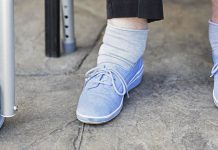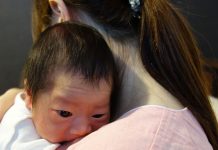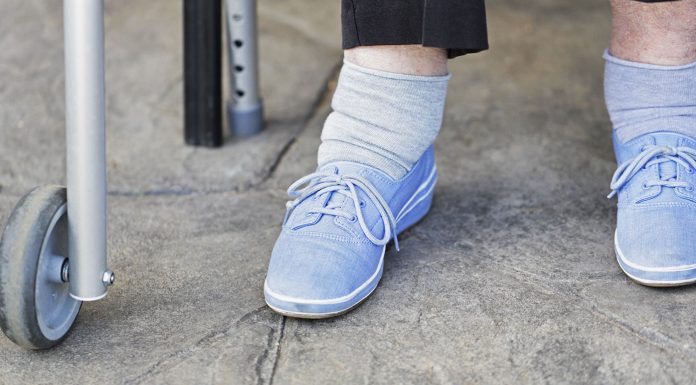Diseases linked to cold, damp, overcrowded homes are killing more New Zealand children than car crashes or drownings.
An average 20 children die and 30,000 are hospitalised every year from preventable, housing-related diseases like asthma, pneumonia and bronchiolitis, health statistics show.
(For related full New Zealand Herald investigation article including frustrations with funding of nurse-led healthy housing initiatives click here)
Poor areas suffer the most – suburbs like Auckland’s Pt England and parts of Glen Eden – because of high deprivation and low incomes, lots of rental housing and fewer Europeans.
The illnesses peak in winter. They kill more children than either car crashes or drownings, which claim an average 10 lives a year each.
Health data shows the hospitalisation numbers are climbing. Respiratory conditions in particular – like bronchiolitis and asthma – are causing more hospitalisations each year, with the most severe, such as a “third world” disease named bronchiectasis, irreparably damaging babies’ lungs.
“We have waves of kids coming in the minute it gets cold,” says paediatrician Cass Byrnes.
“We try to delay discharges but the wards are packed. The problem is, the kids just can’t get symptom-free – they go home with antibiotics to the same environment that causes the problem.”
Doctors are calling for an urgent change in housing, saying the combination of child poverty and “shocking” housing conditions have been normalised.
“Inequities in health outcomes will persist unless such stark social inequities are urgently addressed,” the Royal Australasian College of Physicians said.
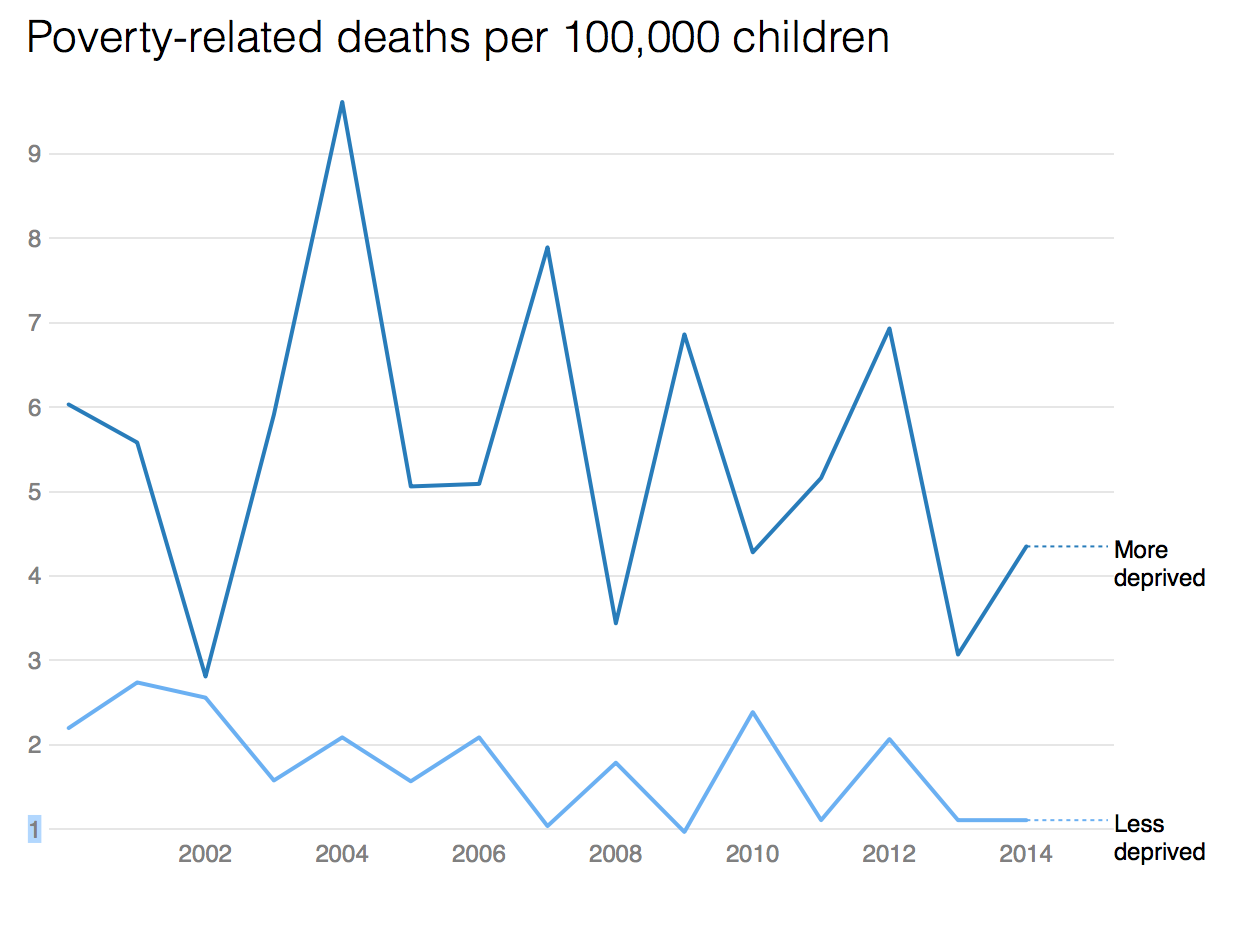
Interventions by the government have not met demand, doctors said.
Otago University’s Dr Nevil Pierse, deputy director of the housing research unit He Kainga Oranga, said criteria for the Healthy Housing Initiative – initially aimed only at families at risk of rheumatic fever – were too strict and many families were missing out.
The initiative missed children suffering from common conditions like asthma and skin infections, and was also limited to the poorest families.
Nurses were funded to assess houses, but then the money dried up, and families relied on charity or their landlord to provide the required provisions such as curtains, bedding, or insulation.
Data shows that of the 5500 families referred so far, 4020 were assessed.
An average 60 per cent of those who needed them received curtains or floor coverings, but only 34 per cent of recommended insulation was installed. Just 25 per cent of families nominated for new houses were able to move, because of the housing crisis.
“Basically, they’re doing the right thing but they’re doing it too cheaply. There’s not enough kids, not enough criteria, not enough help,” Pierse said.
“It’s just ridiculous – if there was a new pill they would spend the money. If there was a pill as effective as good quality housing the health sector would spend the money so why don’t they spend it on this?”
Those working in the field said one of the biggest barriers to progressing interventions like insulation were landlords – who had to pay half the cost.
Ministry of Health spokesperson Dr Stewart Jessamine said the environment in which the interventions worked was “complex and challenging” as staff had to liaise with multiple agencies.
He said sometimes it was difficult to contact the families as well as landlords. Landlords were able to decline interventions, he said.
Despite the difficulties, the ministry considered the project a success and many more thousands of families were expected to benefit in the coming years, particularly with “vulnerable” families now included in risk criteria.
Health minister Jonathan Coleman said the housing interventions would be continued as part of the government’s new target of reducing avoidable child hospitalisations by 25 per cent in five years.
It will also “work in partnership” with other agencies to reduce housing-related health conditions. He did not describe what that would entail.
‘Bronchiectasis: It’s completely terrifying’
When Niki Te Puni said the name of her daughter’s disease over the phone, her mum went silent at the other end.
“That’s when I knew it was bad,” Te Puni says. “Mum’s a paediatric nurse and she knew exactly what it was. I couldn’t even pronounce it.”
Te Puni’s daughter Kierra, then just 2 years old, had been diagnosed with bronchiectasis, an irreversible, life-threatening lung disease caused by repeated chest infections.
Kierra, now 5, was among 99 children to be diagnosed with the condition that year. Rates have kept climbing since, and now 300 New Zealand kids have a disease that should be confined to geriatrics.
“It’s a third-world disease, the kind of thing that if you were going to see it, the patients would be in their 80s,” says Byrnes, from Starship children’s hospital.
“Internationally people are astonished at the numbers we have here. It’s completely terrifying.”
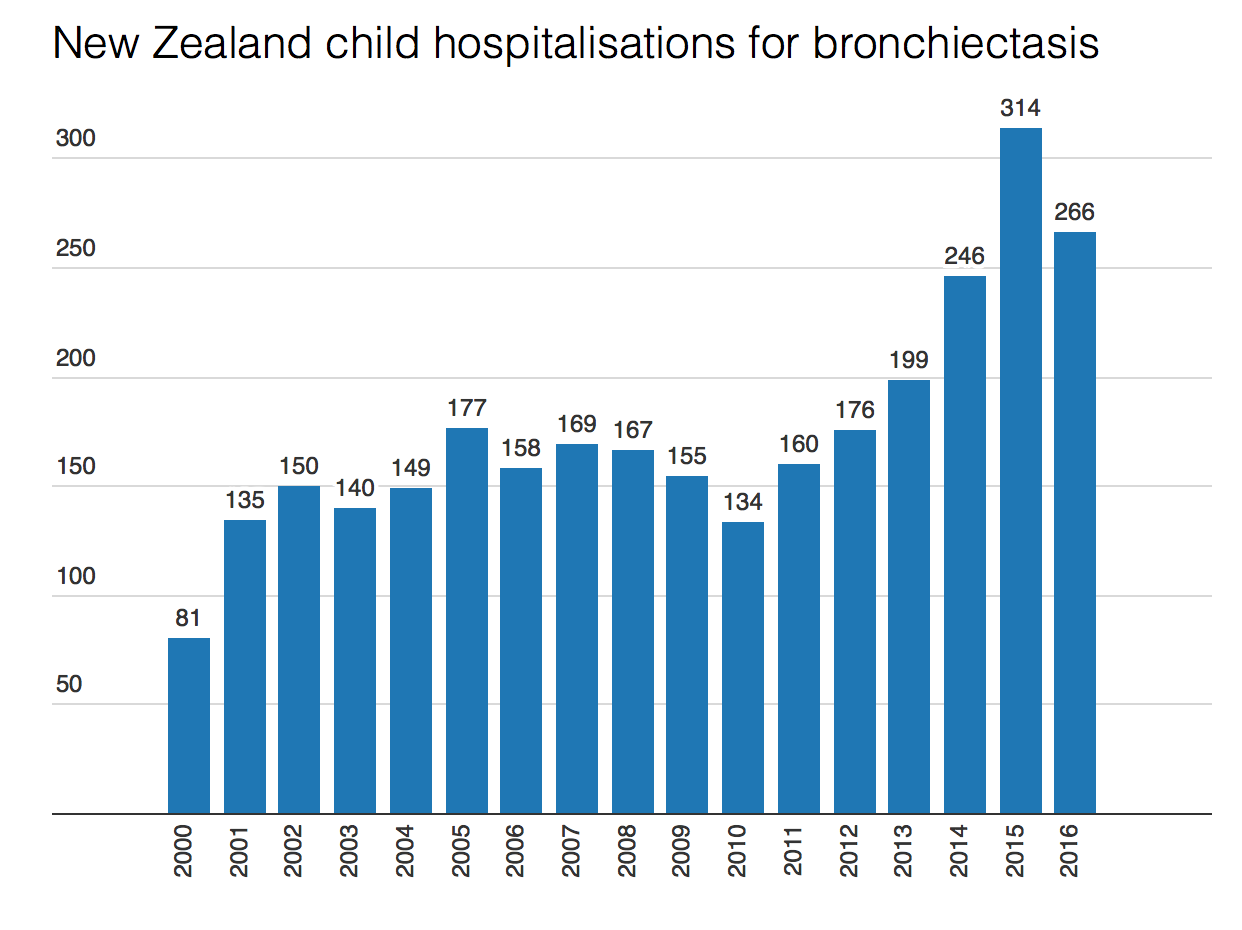
Bronchiectasis is caused by scarring in the lungs, which allows mucus to build up and leads to ongoing infections. It’s linked to cold housing, and other unhealthy conditions like dampness, or inside smoking. It can be fatal.
When Kierra was diagnosed, a young girl the family knew in Whangarei had just died from it.
“It was heart-wrenching,” Te Puni says. “And it’s exhausting. We are constantly at the doctors, constantly making Kierra wear a jacket, a beanie, shoes. Even though she loves shorts.”
They also replaced a gas heater with a heat pump, to warm their high-ceilinged older home.
Te Puni says she wants to raise awareness about the disease, to let others know it’s not normal for kids to be coughing all the time, or to have a snotty nose.
The family are determined to give Kierra as normal a life as possible. Sometimes it’s not easy: she gets bored of her breathing exercises and just wants to be like the other kids. It can be a struggle not knowing if her condition will worsen in time.
“I have no idea what’s ahead for us,” Te Puni says. ” What’s in our future next week or next year. Sometimes we feel like the only ones going through it.”


